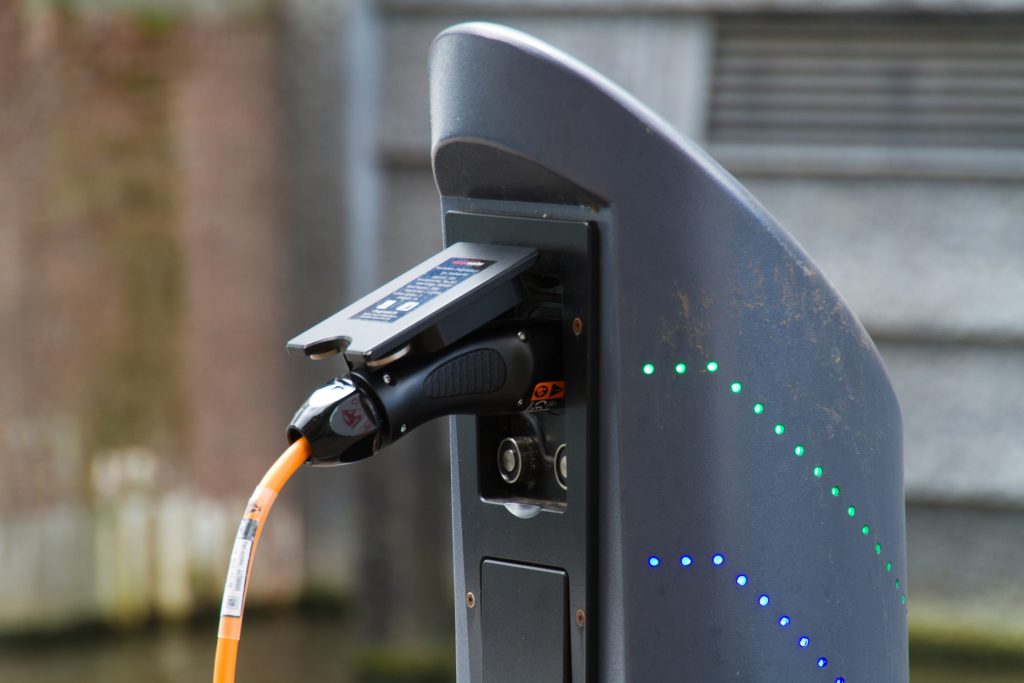Renewable energy has never been a more important point of discussion than it is today, involving governments, businesses, corporations, and individuals all around. The sector is seeing a big increase in popularity both in production, for residences and for the national grid. In the future, the sources of renewable energies will not only provide clean (zero emissions) energy, but also help local economies. It is going to take a lot of work for becoming closer to carbon neutrality, but some countries are having an easier time transitioning than alternative sources of energy leading the way into the age of clean energy.
100% renewable energy is possible. Even oil-dependent countries like Saudi Arabia can transition to a 100% renewable energy system by 2040. The best promising and cleanest sources of energy production is represented by solar power, hydropower and wind energy. Hydropower is the most reliable as it’s relatively easy to create power by controlling a water source, which is why it is currently the most prominent renewable energy source. Because solar power and wind energy are rising steadily, they are more attractive investment opportunities. Wind farms and solar panels are low-risk and reliable things to invest in.

Renewable energy sources will promote economic growth and global health improvement. Sustainable energy is a more steady source of revenue and finding jobs. In an industry driven largely by increasing customer demand, cost competitiveness, innovation, and collaboration, the future promises further growth in the renewable energy sector. This will likely come against a backdrop of increased innovation and collaboration among the stakeholders. Renewables are likely to be used in the electricity markets as utilities and regulators prefer them to replace retiring capacity while customers choose them to save costs and address climate change concerns.
